Friday Digital Roundup
The Friday Digital Roundup is a witty take on the weird world of the internet. With fun stories from around the globe, it’s the only email newsletter you’ll actually read and enjoy!
We do love writing it, but clearly not as much as people like receiving it - just look at the response we got when a technical hitch meant it wasn’t sent out on time!
@Spaghetti_Jo
Coffee and the FDR is how I start my Friday.
Do not engage until I have devoured both
When it comes to the end of the week, there is no better way to start a Friday than with a run around the internet with Todd and Jo in the FDR. Just don't let them know I do it from the loo!
@Spaghetti_Jo
My inbox is full of rubbish newsletters that Im constantly deleting😬 My VIP inbox is for 1 thing only- THE DIGITAL ROUNDUP🤠I dont read a Newspaper or the news online, I just wait for Fridays, when this lands in my inbox- then I know ‘The weekend has landed’🤗
Get the Friday Digital Roundup and see what everyone’s talking about.
We may look like cowboys, but we’ll never abuse your data! Find out what we’ll do with it here, partner.
Spaghetti Blog
The Rise of Video Marketing (Part 2) – Production
Howdy, and welcome to the second part of video marketing for your business. This mini series aims to give you some good ideas and a base to work from to create and share great video content.
We’ve enlisted the help of our video expert Matt (AKA Squirrel) to tell us how he thinks a small business can use video in their marketing.
You may remember that in part 1 we looked at preparation and you can go a look at that episode here. In this part we’re looking at production, how to create video and what to create it with when you’re on a budget.
Over to you, Squirrel…
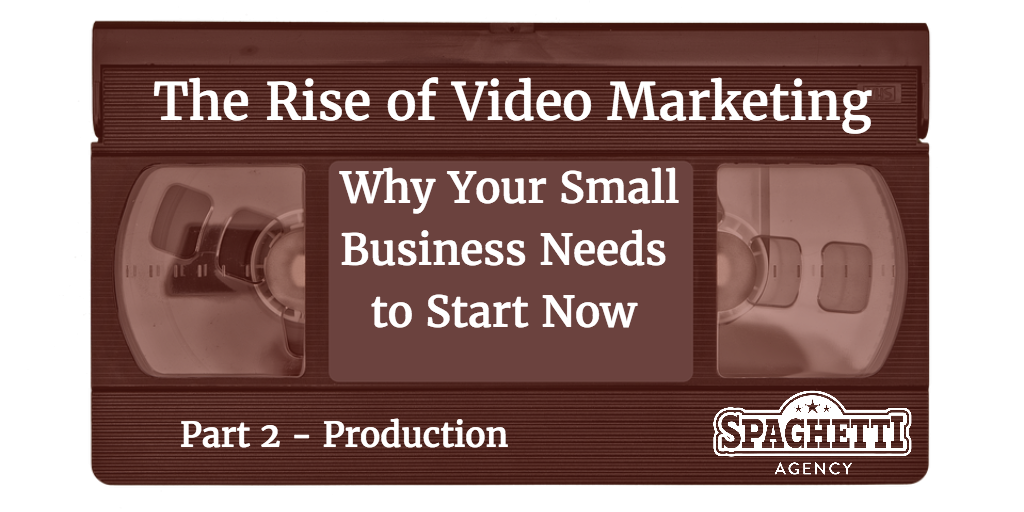
The Rise of Video Marketing (Part 2) – Production
So we’ve looked at what you’ll film so now let’s look at how you’ll film it. We’re presuming you’re a small business owner here so we’re going to be talking creating video on a budget..
Equipment – recording your own video
In terms of video camera, you can get very cheap, broadcast quality, semi-pro camera for less than you might think. The kind of stuff that local news people use would cost you around £1-2K. You’re used to seeing these big over the shoulder cameras, but now they’ve taken loads of the components out of them and now it’s just the lens.
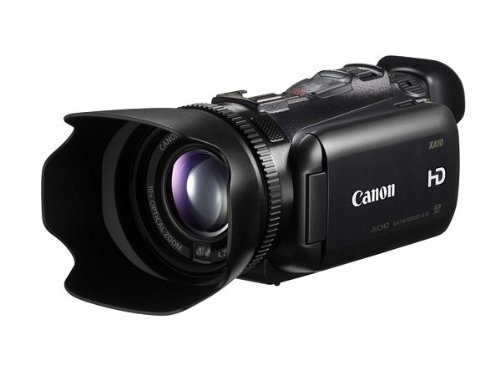
They high quality cameras that are lightweight because they don’t need tape mechanism to record. Its SD card and the battery is smaller than the ones you’ll have seen at weddings in the 80s and 90s.
The quality is really good on one of these. Here’s a promotional video for a leisure centre that I did. This was recorded on the Canon shown above. It’ll give you an idea of the quality you can get.
So the cost of the kit has come down quite a bit, but it’s still quite a lot if you only plan to create a few videos to start. Maybe you’ll want to dip your toe in the shallow end first.
How?
Well just use your smartphone! The quality of current Android and iPhone cameras is now so much better and if you’re using your video on social media the quality will be absolutely fine.
If you’ve got a Mac as well you’ve got so many tools already built in. So for just £30 you can use software and your mobile phone to create some really good video.
It doesn’t have to be a big investment; you can start small then work your way up.
Sound: Quality matters!
The thing that people tend to overlook is the audio.
Michael Moore put this perfectly on Twitter not long ago. Someone tweeted him asking him, as a documentary film maker, what’s the most important thing in terms of filming video quality. He said it’s not the video quality – it’s the audio!
Invest more in your sound equipment than your camera. https://t.co/GZv0ZNc6Uu
— Michael Moore (@MMFlint) May 9, 2016
If you’ve not heard of him, do check him out. He does documentaries a bit like Louis Theroux. If it’s in an echoy room and sounds a bit crap that’s what people will notice; not that it’s slightly out of focus.
A lot of things you can fix in post-production but with audio you’re generally in trouble if it’s bad. It’s best to get a decent bit of audio kit and do it properly.
If you’re using a digital SLR that a lot of people are using now you can get little boom mics that plug into the headphone socket.
A boom mic is where when you see someone on TV with a pole with what looks like a dead cat on it. (The fluffy bit is actually called a dead cat and is to reduce wind noise.)
A boom mic will record all the audio you’re pointing it at and reduce all the background noise. You can pick up a professional one for about £100-150. If it’s a small one that connects to an SLR camera you can get one for about £30-50.
It’s something people always overlook. They will spend £1k on a nice bit of kit then just use the built in microphone and they sound awful. I know you can get boom mics for Android and I’m pretty sure you can get them for iPhone as well. It’s worth doing your research as it’s easily overlooked.
You don’t notice it when sound is done well, but you notice it straight away when it’s done badly!
With video, how long is too long?
You’ll hear lots of people say that your video needs to be 30-90 seconds max which is right for people online with short attention spans. But you can create longer video to explain things or show people behind the scenes. If you want to do a nice 10-15 minute video, a mini documentary, do that, but you need to have your 2-3 minute taster as a separate thing too.
Whet their appetite with a teaser, keep it really well edited together then at the end of it, add a ‘click here to find out more’ button, or the full version.
If it’s a 10 minute video no one’s going to click on it right away. In fact we all like to fast forward advertising, and you need to accept that this will happen to you.
They’ve actually changed the way they design adverts on TV now:
- A 10-15 second advert is created so it can be watched in real time.
- But they also design it so you still get the gist if you’re fast-forwarding it.
- In a JML advert you’ve got to have 5 constant seconds of the product, 5 constant seconds of the product being used, then 5 constant seconds of the product at the end. So if you’re fast forwarding it at 16 times the speed and it’s still showing 1 frame out of 5 seconds with a JML product in, a JML product being used, and a JML logo at the end.
They design the advert in real time but they also think about the advert for when it’s being viewed in fast-forward. They’re overcoming the short attention spans and busy lives people lead these days.
Video overlays – clickable calls to action
YouTube have ‘overlays’ on their videos. You’ll have seen these at the end of a video. They can simple say click here to subscribe or something similar.
To add an overlay go to your video you’ll need to edit your video and go to annotations like this:
They’ve had these things for about five years now but they’ve never really integrated it that well into mobile. In the early days, smart phones didn’t have the processing power to process the video and then the transparent overlay as well . Smartphones now all have enough capability in them to support overlays but for some reason YouTube haven’t gone down that route.
What they have doesn’t really work that well at the moment. At some point in the next couple of years I think they will bring it all together so get your annotations on your videos ready.
Unfortunately you can only add a link to subscribe to your channel or another video. Linking out to your content or website is not available on the free YouTube channel. To link out you’ll need to use YouTube Red – the paid version of YouTube.
YouTube video on desktop works well because of the subscription link and cross promotion. YouTube is the best option to use for video for small businesses, mainly for the size, scale and accessibility and SEO. People are more likely to search there than Facebook or Google.
Vimeo is another option for video, so why shouldn’t you use it?
McVITIES – OATY FLIER from Marcus Domleo on Vimeo.
Vimeo is better for independent film and artsy stuff due to the bit rate. Bit rate is what give the video its quality but to be honest only us video geeks will ever notice the different.
Also, although Vimeo is indexed by Google it’s not going to get the presence that YouTube has… because Google owns YouTube! It makes sense that they’ll send traffic to their own over a competitor.
Another interesting point about Vimeo is that the Ts & Cs say you’re not allowed to use it for commercial use. Despite this, when you go on Vimeo, there are loads of business videos that are for commercial use. I would avoid it just in case you get some traction there and then your channel gets pulled – it’s a grey area!
It’s all about YouTube for small business.
In part III of The Rise of Video Marketing…
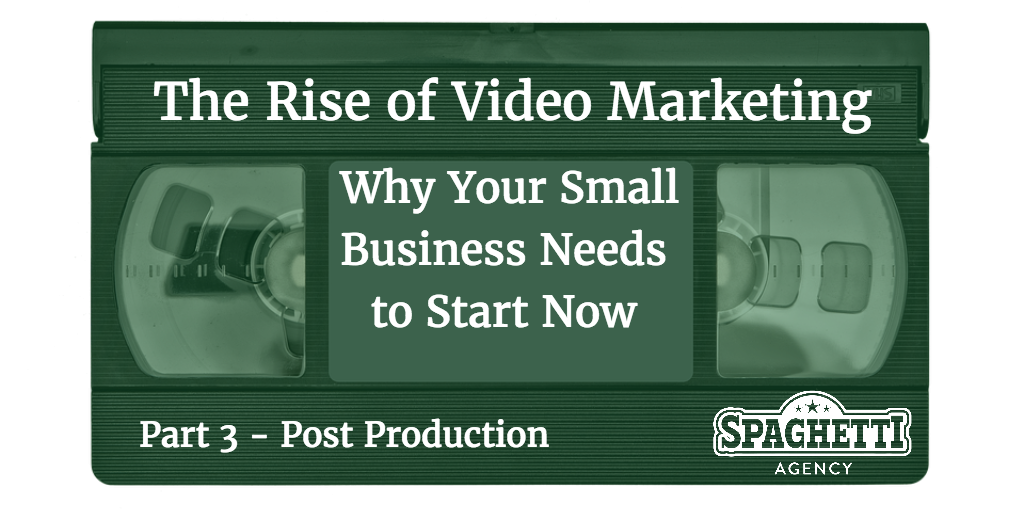
In the next part we’ll be looking at:
- What to do with your video once you’ve made it
- The SEO benefits of video
- Where to place your video
- And then the future of video and what it means to you…
Be sure to join us on the next post. Subscribe now to get the post in your inbox first!
Tags associated with this article
video Video marketingPost a comment
We'd love to know what you think - please leave a comment!
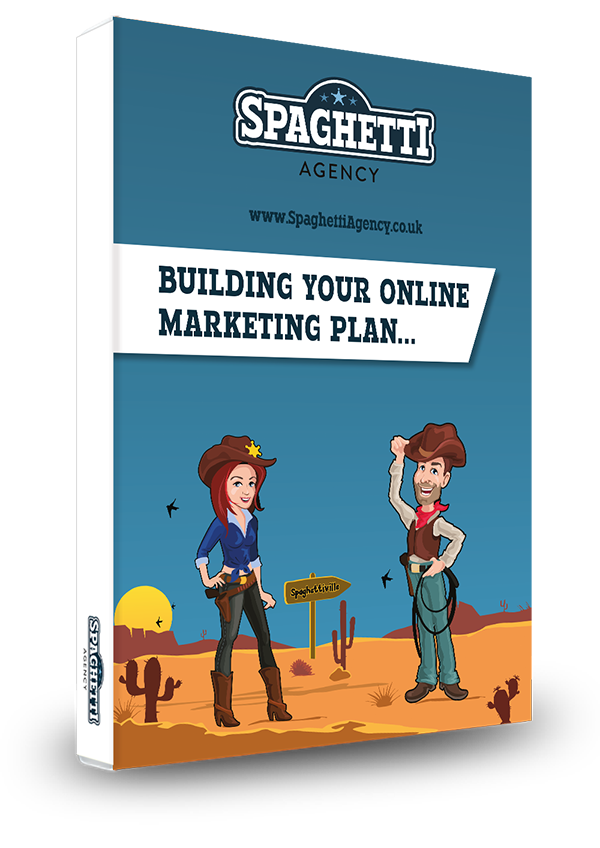
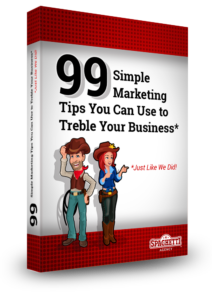




0 comments on this article